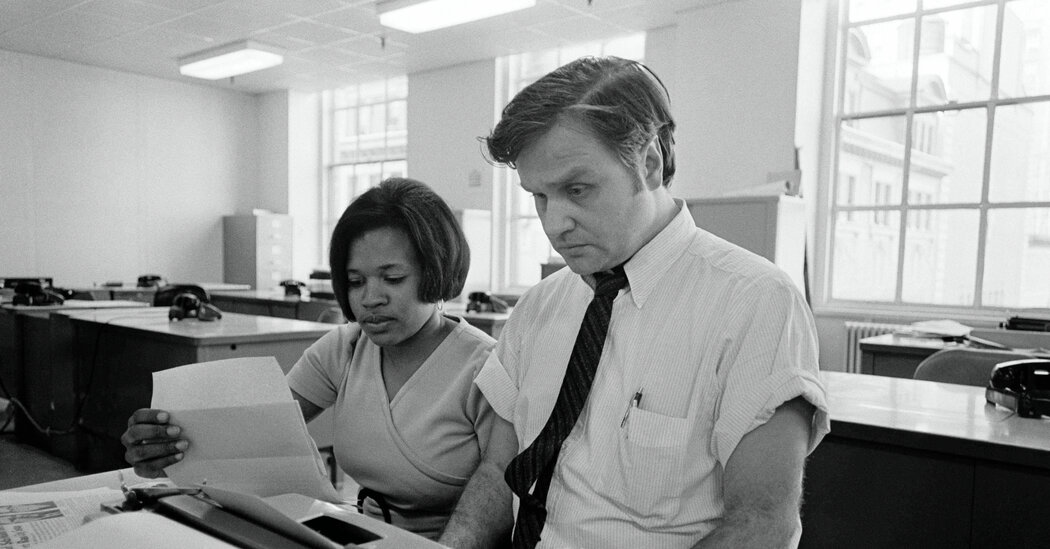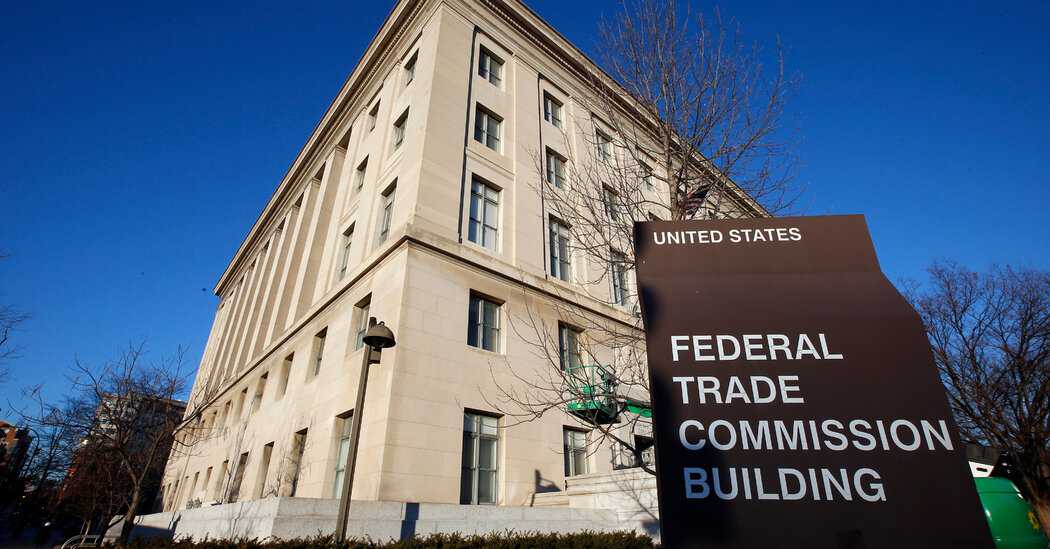Debt Downgrade, Driven by Partisanship, Is Unlikely to Deter Borrowing
The downgrade of the United States’ debt by a major ratings firm is a damning indictment of the country’s fractious politics and a blot on its financial record that is unlikely to be quickly erased. But many investors and analysts say it won’t affect the government’s ability to keep borrowing money.
On Tuesday, Fitch Ratings lowered the credit rating of the United States one notch to AA+ from a pristine AAA. The firm, citing a “deterioration in governance” along with America’s mounting debt load, suggested that it could be a long time before that decision was reversed.
“Our base case is that deficits will remain high and the debt burden will continue to rise,” said Richard Francis, co-head of the Americas sovereign group at Fitch and its primary analyst for the United States, in an interview on Wednesday. “I think it is unlikely that there will be any meaningful changes.”
The move — like the drop to AA+ in 2011 by S&P Global, which has kept its U.S. rating there — followed partisan brinkmanship over America’s debt ceiling, which caps how much money the government can borrow. The United States came within days of defaulting on its debt this spring as Republican lawmakers refused to lift the cap unless President Biden made concessions on spending. The two sides ultimately reached an agreement on May 27, just days before the Treasury Department projected that the government could run out of cash.
With both Fitch and S&P now carrying a lower assessment, the United States’ credit rating, at least for most investors, will no longer be considered among the top tier, which includes Germany, Australia and Singapore.
While the move is something of a black eye, market watchers expect the practical impact to be small. Analysts at Wells Fargo noted that the early feedback from their clients was that their appetite to keep lending to the government wasn’t likely to change much.
That’s because the U.S. Treasury market is the largest sovereign debt market in the world, underpinning borrowing costs across the globe, with Treasuries owned by investors of all stripes. The U.S. rating remains among the highest in the world, backed by a strong and diverse economy and aided by the central global role of the country’s currency.
“This is largely a symbolic move,” said Peter Tchir, head of macro strategy at Academy Securities.
Stock markets slumped on Wednesday, and the yield on Treasuries — which indicates how much investors are demanding to be paid in exchange for lending to the government — rose. But analysts suggested that had more to do with rising government borrowing forecasts, resulting in higher interest rates and pointing to increased costs for companies, too.
Fitch downgraded America’s debt on the day that former President Donald J. Trump was indicted on charges related to his efforts to overturn the 2020 election, which culminated in an attack on the Capitol on Jan. 6, 2021. The attack showcased deep distrust in the government and the rule of law.
Despite the suspension of the debt limit in June, future fiscal fights — including a possible government shutdown this fall — are looming. The lack of comity between the political parties means the cap is likely to remain a political tool, with no guarantee that a compromise will always be reached.
That increased polarization was central to Fitch’s decision. Mr. Francis said intense partisanship had inhibited decisions on better budgeting and the debt ceiling, with both Democrats and Republicans unmovable on policies that could improve the country’s fiscal position. These include, he added, changes to taxes, military spending, and Social Security and Medicare, which are expected to face ballooning costs as more baby boomers retire.
“There is no willingness on any side to really tackle the underlying challenges,” Mr. Francis said.
The ratings agency also cited the Jan. 6 attack as a concern that fed into the downgrade.
“There’s the debt ceiling standoff, there is this painful budgeting process, there is political polarization that is ongoing and probably deteriorating — and then there is the Jan. 6 insurrection, but that is one factor among many,” Mr. Francis said.
The Federal Reserve’s rapid interest rate increases have compounded some of those factors by raising borrowing costs, forcing the government to borrow even more money to account for higher interest and other payments to bondholders.
On Wednesday, the Treasury Department detailed its plans to borrow over $1 trillion for the third quarter, which runs from July through September. The estimate, announced on Monday, is $274 billion more than the Treasury had forecast in May. The United States current debt is $32.5 trillion.
More borrowing means more debt for investors to digest. A larger supply of Treasuries while investor demand stays the same, or even shrinks, means higher borrowing costs for the government. The 10-year Treasury yield rose 0.07 percentage points on Wednesday to 4.09 percent, its highest level since November.
Treasury Secretary Janet L. Yellen continued to criticize the Fitch decision on Wednesday, describing it as “puzzling” and “entirely unwarranted.”
“Its flawed assessment is based on outdated data and fails to reflect improvements across a range of indicators, including those related to governance, that we’ve seen over the past two and a half years,” Ms. Yellen said during an event in Virginia.
Still, there does not seem to be any movement toward one solution that Fitch and many analysts have said would help the United States return to its higher rating: getting rid of the debt ceiling.
Mr. Francis said it would “probably be helpful” to get rid of the debt limit if the United States ever wanted to regain a higher rating. Despite Mr. Biden’s desire to alter the process, there has been no indication that any changes are coming soon.
Instead, Republicans and Democrats returned to the kind of partisan bickering that helped fuel the downgrade, with each side blaming the other for it.
“The downgrade comes just months after Biden and congressional Democrats took the country to the brink of default and amid an increasingly unsteady economic path,” said Jake Schneider, director of rapid response for the Republican National Committee.
The Democratic National Committee blamed the tax cuts and spending policies that were initiated by Republicans and Mr. Trump when he was president, saying the downgrade was “a direct result of Donald Trump and MAGA Republicans’ extreme and reckless agenda.”


